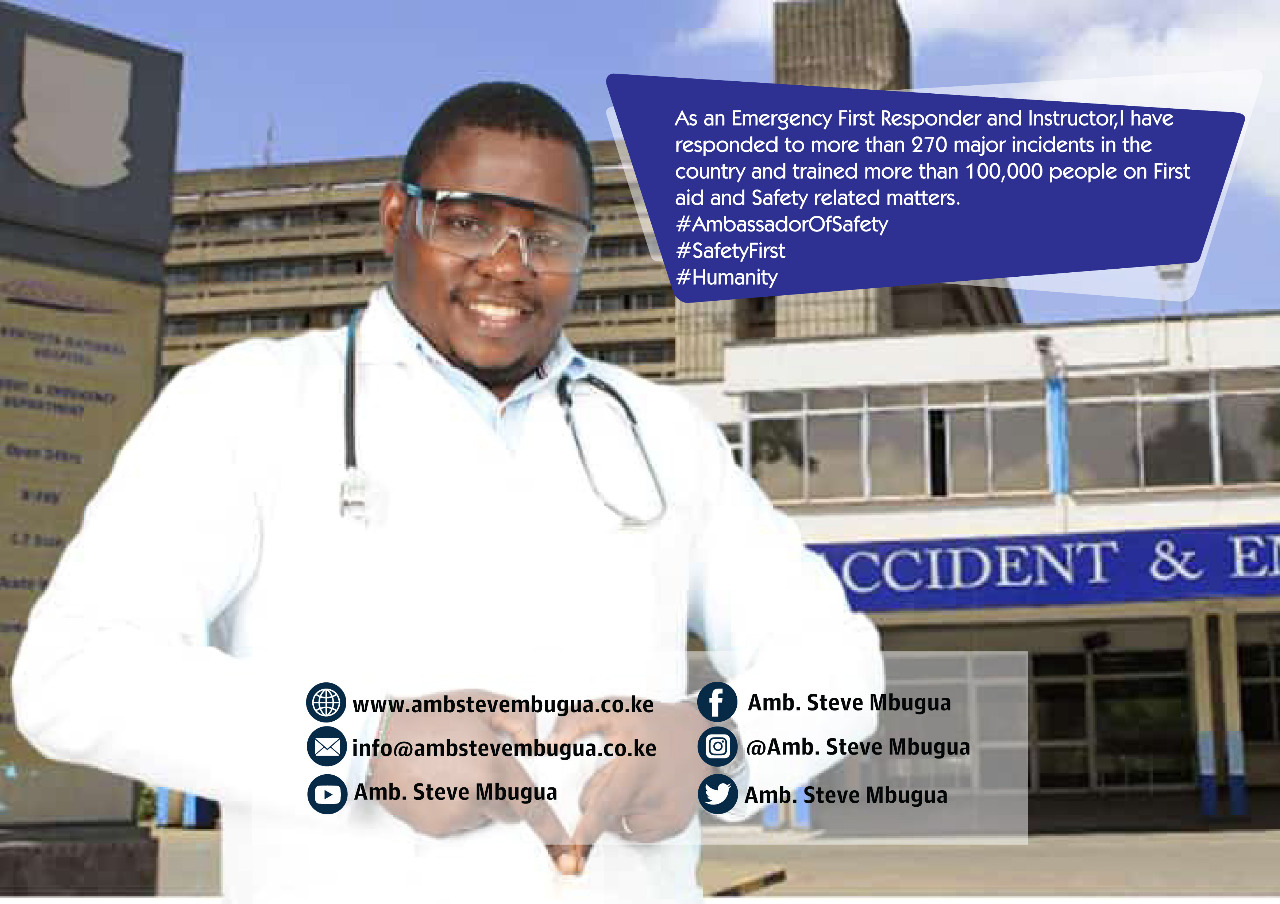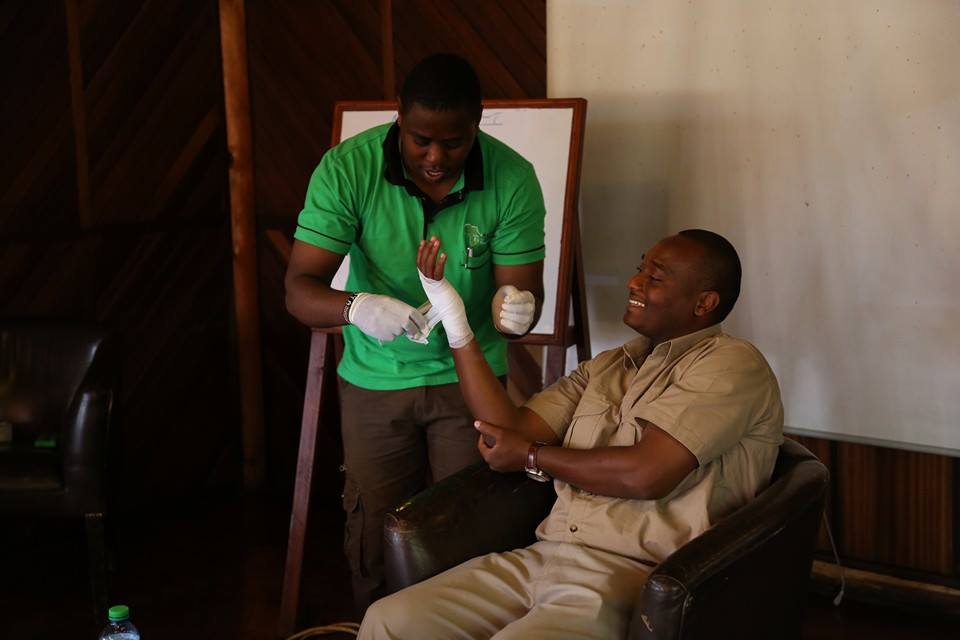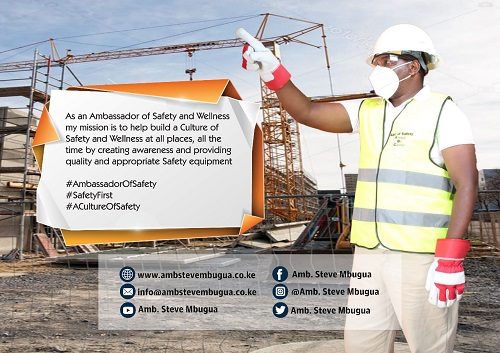Public safety is a cornerstone of community well-being, encompassing the protection of citizens from threats and hazards in their daily lives. As Ambassador Steve Mbugua, the globally recognized Ambassador of Safety, I am committed to promoting public safety and fostering a culture of vigilance and preparedness. In this article, we explore essential strategies for enhancing public safety, including community engagement, effective policing, emergency response planning, and the integration of technology. By prioritizing public safety, we can create environments where individuals feel secure and empowered, leading to healthier and more resilient communities. Let’s examine the key elements of public safety management and work together to ensure a safe and thriving society for all.
Public safety encompasses strategies, policies, and practices aimed at safeguarding the well-being and security of individuals, communities, and public spaces. Here’s a comprehensive guide to public safety:
Introduction to Public Safety
Public safety is the collective effort to prevent, respond to, and recover from threats to community well-being, including crime, accidents, emergencies, and natural disasters. It involves collaboration among law enforcement, emergency services, government agencies, and community stakeholders.
Different Incidents and Threats Addressed by Public Safety
1. Crime Prevention: Strategies to reduce criminal activities such as theft, assault, and vandalism.
2. Emergency Response: Rapid and effective responses to fires, medical emergencies, and natural disasters.
3. Traffic Management: Ensuring safe and efficient flow of vehicles and pedestrians.
4. Public Health Emergencies: Preparedness for disease outbreaks, pandemics, and health crises.
5. Environmental Hazards: Mitigation and response to pollution, hazardous materials spills, and environmental disasters.
6. Terrorism and Security Threats: Prevention and response measures against acts of terrorism and security breaches.
7. Cybersecurity: Protection of digital infrastructure, data, and personal information from cyber threats.
8. Public Event Safety: Ensuring safety and security at concerts, festivals, sports events, and public gatherings.
9. Child and Elderly Safety: Programs and services to protect vulnerable populations from abuse and neglect.
10. Community Violence: Interventions to address gang violence, domestic violence, and hate crimes.
11. Drug and Substance Abuse: Prevention initiatives and treatment programs for substance abuse disorders.
12. Natural Disasters: Preparedness, response, and recovery efforts for earthquakes, hurricanes, floods, and wildfires.
Latest Trends in Public Safety
1. Community Policing: Emphasizing collaboration between law enforcement and communities to build trust and address local concerns.
2. Data-Driven Policing: Using analytics and technology to deploy resources effectively based on crime trends and patterns.
3. Predictive Policing: Utilizing algorithms to forecast where crimes are likely to occur, enabling proactive measures.
4. Smart Cities Initiatives: Integrating IoT devices and sensors to monitor public safety and improve emergency responses.
5. Community Engagement: Involving residents in public safety planning, neighborhood watch programs, and community forums.
6. Public Health Integration: Coordinating efforts between health agencies and public safety departments to address health emergencies.
7. Public-Private Partnerships: Collaborations between government agencies, businesses, and nonprofits to enhance safety initiatives.
8. Social Media Monitoring: Monitoring social platforms to identify potential threats and disseminate safety information.
9. Crisis Communication: Effective dissemination of emergency alerts and information through various channels.
10. Resilience Planning: Building community resilience through infrastructure improvements and disaster preparedness.
11. Environmental Sustainability: Incorporating eco-friendly practices into public safety strategies to mitigate climate-related risks.
12. Global Collaboration: Sharing best practices and resources internationally to address transnational threats and emergencies.
Public Safety Audits and Inspections
1. Safety Audits: Evaluating public spaces, facilities, and infrastructure to identify safety hazards and compliance issues.
2. Fire Safety Inspections: Assessing buildings and venues for fire hazards, emergency exits, and fire suppression systems.
3. Health Inspections: Checking restaurants, public pools, and other facilities for compliance with health and safety regulations.
4. Building Code Compliance: Ensuring new construction and renovations meet safety standards and zoning regulations.
5. Security Assessments: Reviewing security measures at government buildings, airports, and critical infrastructure.
6. Environmental Assessments: Evaluating air and water quality, waste management practices, and environmental risks.
Public Safety Training and Education
1. Law Enforcement Training: Providing officers with skills in crisis intervention, de-escalation, and cultural competence.
2. Emergency Preparedness: Training residents and businesses in first aid, CPR, disaster response, and evacuation procedures.
3. Community Safety Workshops: Teaching residents about crime prevention, personal safety, and neighborhood watch programs.
4. School Safety Programs: Educating students, teachers, and staff on emergency drills, bullying prevention, and campus security.
5. Public Health Campaigns: Promoting vaccinations, disease prevention, and healthy lifestyles through educational campaigns.
6. Environmental Education: Raising awareness about recycling, conservation, and sustainable living practices.
Installation of Public Safety Measures
1. Surveillance Systems: Installing cameras and monitoring equipment to deter crime and enhance security.
2. Emergency Call Boxes: Placing communication devices in public areas for reporting emergencies.
3. Public Lighting: Ensuring well-lit streets, parks, and pathways to improve visibility and deter criminal activity.
4. Traffic Management Systems: Implementing traffic lights, speed cameras, and road signs to regulate traffic flow and reduce accidents.
5. Safety Barriers and Fencing: Erecting barriers to protect pedestrians, cyclists, and motorists from hazards.
6. Public Access Defibrillators: Installing AEDs in public spaces for rapid response to cardiac emergencies.
Compliance with Laws and Regulations
1. Legal Framework: Adhering to federal, state, and local laws governing public safety, emergency management, and environmental protection.
2. Building and Zoning Codes: Complying with regulations on building design, occupancy limits, and safety features.
3. Health and Safety Standards: Meeting requirements for food safety, sanitation, and workplace safety in public facilities.
4. Emergency Response Protocols: Following protocols for disaster declarations, evacuations, and resource allocation.
Public safety is a multifaceted endeavor that requires collaboration, innovation, and continuous adaptation to emerging threats and challenges. By investing in robust infrastructure, comprehensive training, effective communication, and proactive measures, communities can create safer environments for all residents and visitors. Prioritizing public safety not only enhances quality of life but also fosters resilience and sustainability in the face of evolving risks.
In conclusion, public safety is a vital aspect of maintaining peaceful and secure communities where individuals can live, work, and thrive without fear. As the Ambassador of Safety, I have highlighted the importance of community involvement, effective law enforcement, and proactive emergency planning. By adopting these strategies, we can mitigate risks, enhance community trust, and build a culture of safety and resilience. Let us commit to championing public safety and collaborate to create a future where safety is a shared responsibility and a top priority. Embracing these practices not only protects our communities but also strengthens the social fabric that binds us together.
READ MORE
Church Safety Video
Largest Safety Company
Public Safety Video
Home Safety
A Positive Safety Culture



















